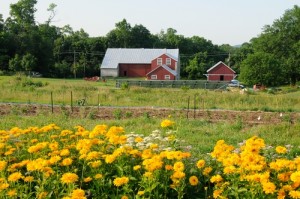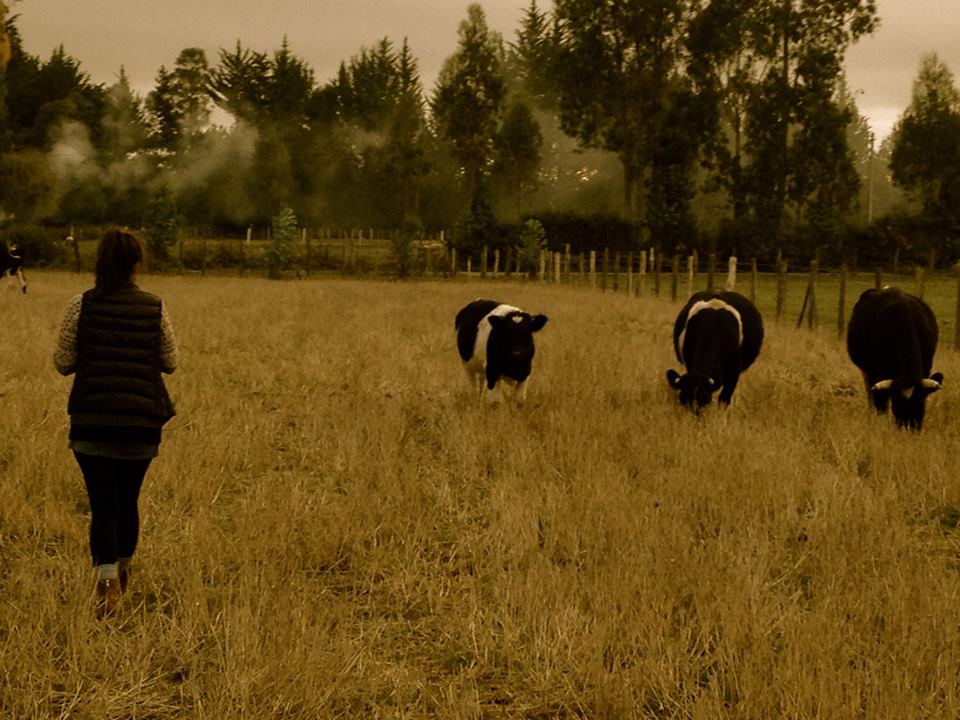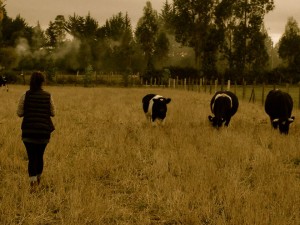Often when we hear the phrases “eat your greens” or “eating healthy” we do not make the connection with creating a “greener” planet or a healthy climate. Yet, in Diet for a Hot Planet, Anna Lappe makes it clear that our food is inextricably linked with climate change. So often in hearing and learning about the climate crisis on our doorstep (although perhaps now the metaphor should be in our kitchen) I am left with a poignant feeling of despair. I get the sense that the forces perpetuating climate change are too great, and the opposition too meager. However, this book illuminated the incredible potential of sustainable agriculture locked within an otherwise bleak portrait of the future. According to her the current food system is responsible for roughly one third of all greenhouse gas emissions worldwide. It is to blame for most of the nitrous oxide and methane emissions (two of the most damaging greenhouse gasses). Yet, through changing the way we farm, eat, and dispose of our food, agriculture could sequester roughly forty percent of all current emissions. Rarely, if ever, have I discovered such an obvious change that could make a significant impact on our future.
Personally, these are some of the most hopeful facts I have heard. Not only that, but it is a solution that I, and others within the Dickinson community, are already taking part in directly at the College Farm. Though the farm I have attended the Pennsylvania Association for Sustainable Agriculture conference where I saw the backstage of a movement that has been growing throughout America and abroad. It has been popping up in the form of local farmers markets, cooking in popular restaurants, and taking seed in the grocery aisles now dedicated to “organics.” There are websites devoted to grassroots fundraising for “green” farms, and organizations created to cultivate a herd of young farmers. Just in the past year at Dickinson I have had a direct relationship with sustainable farming, learning its possibilities, successes and promise.

Personally, what is most exciting about sustainable agriculture are it’s many intersections with so many other crucial issues in our society, offering solutions to them as well. What we eat and where it comes from crosses the field to impact many of the systemic health problems and issues of social justice we as a society face. Industrial agriculture relies on petroleum-based, toxic chemicals, synthetic fertilizers and is generally heavily processed (think corn syrup). Two of the leading causes of death in America, heart disease and diabetes, are directly correlated with eating poorly. The process of industrial agriculture also requires farm workers. These workers are habitually some of the most marginalized Americans, often immigrants, at incredibly high risk for cancers and other serious health threats because of the toxins they encounter daily.
Sustainability is not always accessible to Americans, but we have to eat food everyday. For many people it is hard to see the benefits of turning off the lights, taking shorter showers or riding public transportation but our relationship with food is crucial on a primal level, it literally comprises what we are. Sustainable agriculture is one of several key solutions necessary to slow and prevent climate change and it is one we can feel good about doing.


